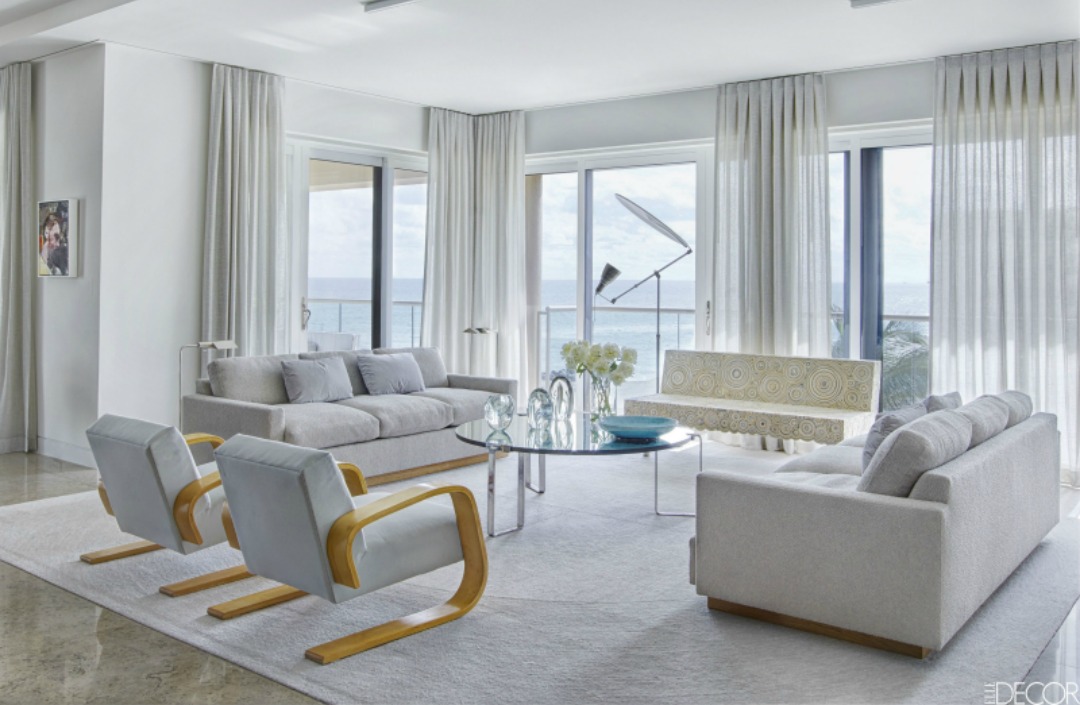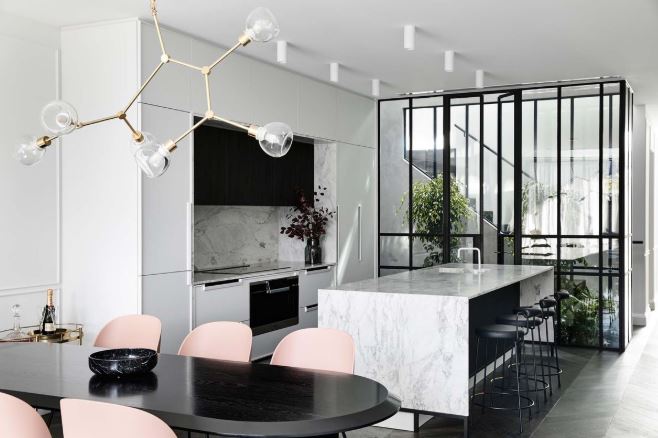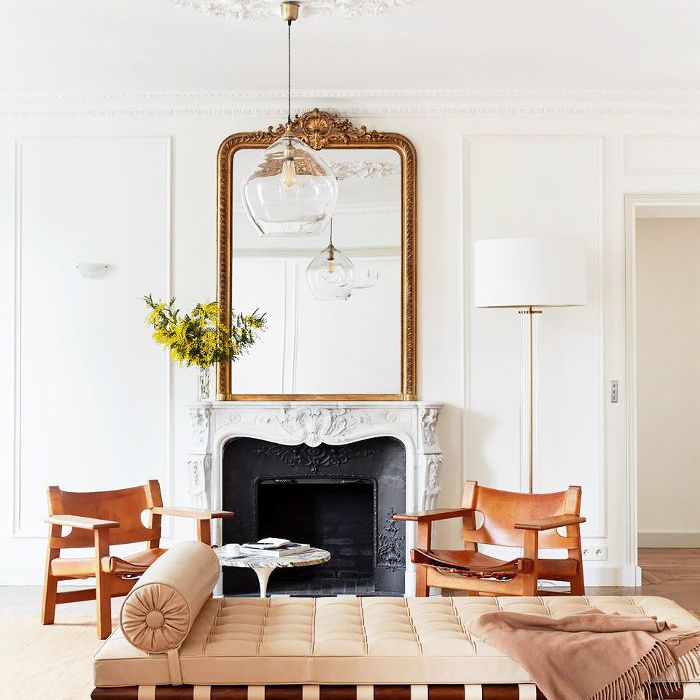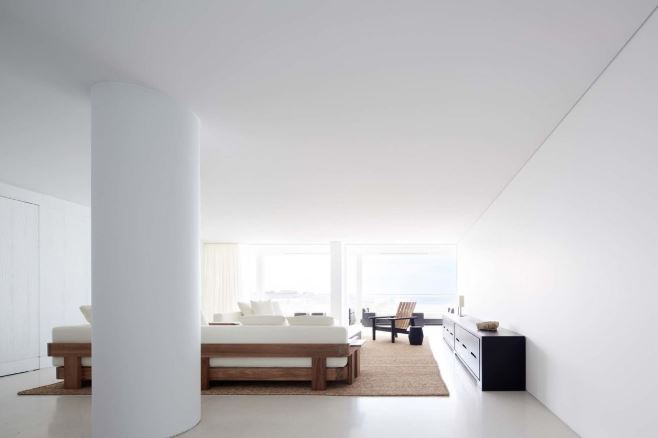
Charged with the task of transforming an empty shell into something spectacular, interior designers know the shortcuts to creating a space that combines wow-factor with livability.
Oftentimes, it can be the most pared-back interior designs that catch our eye, thanks to the clever use of key decorative accents selected by the designer.
Interior design lovers would know that the shortlisted projects for residential decoration in the Australian Interior Design Awards have recently been announced. These interior projects, which range from chic urban studios to sprawling beach side apartments, provide stunning examples of how select decorative touches can completely change the look of your home.
If you’re looking for simple but effective ways to reconsider your layout or upgrade the aesthetics, take inspiration from the designers’ use of architectural lighting, statement mirrors and impressive rugs.
These fundamental accent pieces add decoration, interest and glamour. In addition, if used thoughtfully, they can alter the use of a room through their practical function.
Whether you’re creating a cosy interior for the cooler months or simply updating your space, accent pieces can add more to your favourite room in the house without needing to undergo a total overhaul.
Read on to learn the interior design tricks loved by designers!

#1 – Influence Mood with Lighting
Lighting is an intrinsic component of interior design. From hard-working pendants and task lighting, to soft corner lamps and sconces, lighting can influence the feel of every room.
Good functional lighting is essential, but decorative lights and lamps can also be used to define areas of a room. A versatile pendant in the centre of the ceiling will emit ambient light throughout the room.
In contrast, hung lower over a dining table or work area, it becomes a task light, defining the space around it. In a stylish vintage or industrial design to match your decor, the pendant fitting itself becomes a point of architectural interest, so transforming the look of your room.

#2 – Add Depth with Mirrors
Another trick interior designers always keep up their sleeve is the use of mirrors. Like lighting, mirrors add depth and decoration to a space. Mirrors serve a functional purpose, while at the same time adding reflective light, embellishment and a sense of glamour.
Oversized, ornate mirrors can be as large as a piece of decorative furniture, and, as a result, make a strong statement in a room. Smaller, more delicate mirrors will add interest to a blank wall or a dark corner.
If strategically placed opposite a window or behind a lamp, they can be used to reflect vistas and bounce light around a room, giving a greater sense of space.

#3 – Define Space with Rugs
A large rug of any kind will instantly define and “ground” any room. Rugs are versatile accents that can easily be swapped out to change with the seasons or to suit your mood.
Interior designers love adding rugs to their work as they add a touch of luxurious warmth underfoot in the winter, and can be removed altogether during the warmer months.
An exotic Moroccan style is popular this year, while a natural fibre, earthy rug lends a luxe bohemian feel and adds depth to an otherwise sparsely decorated room.
With a large open plan layout, rugs can also help visually define specific areas for dining and living, giving form and function to the room.
In summary, to take the lead of all interior designers, invest in these 3 key pieces which have the power to instantly enhance the space.
One of the first ways skilled decorators bring a mood into a room is via effective yet striking lighting. By then adding opulent interest to the walls and texture to the floor, you are well on the way to emulating the looks achieved by experts.

No Comments